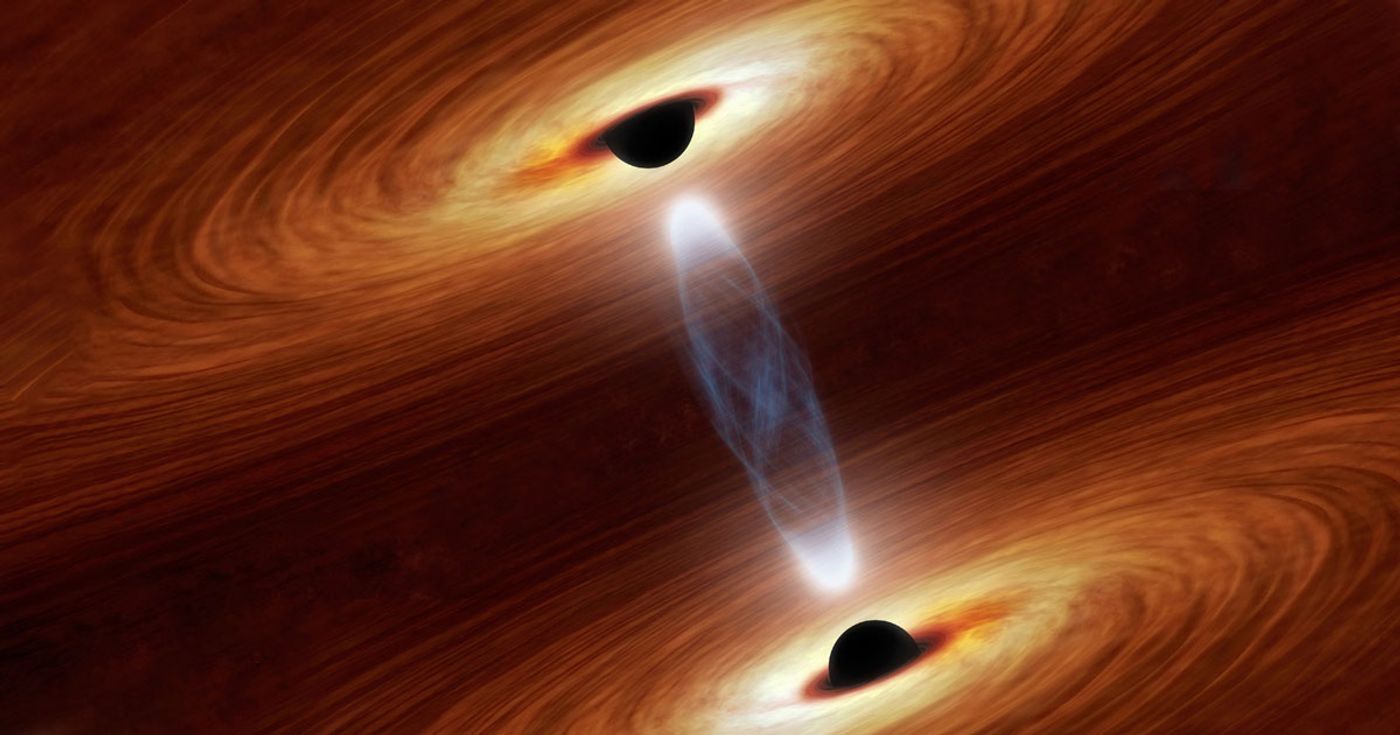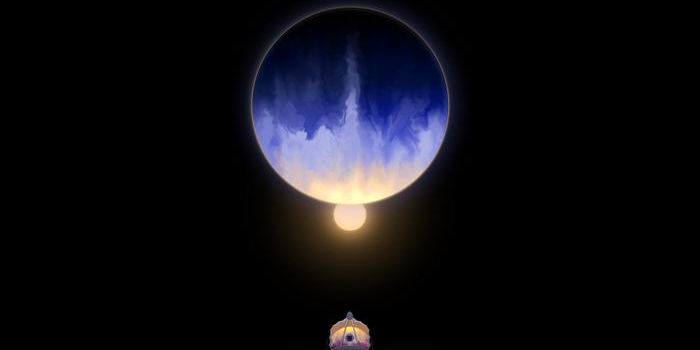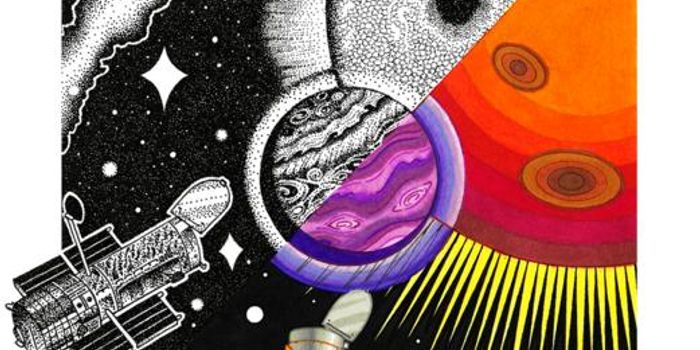Black Hole "Wobble" Wobbles Researchers
In a recent study published in Nature, an international team of researchers led by Cardiff University in the United Kingdom have observed a binary black hole system that exbibits peculiar behavior, the orbit between the two massive bodies appears to be wobbling back and forth like a spinning top known as precession, which was predicted by Einstein’s theory of gravity. This study holds the potential to help us better understand the development of black holes, which are the most destructive force in the universe.
"We've always thought that binary black holes can do this," said Dr. Mark Hannam, a professor in Cardiff University's Gravity Exploration Institute, and lead author of the study. "We have been hoping to spot an example ever since the first gravitational wave detections. We had to wait for five years and over 80 separate detections, but finally we have one!"
The study reports that this is the first time precession has been observed in black holes, where the spinning motion is 10 billion times faster than in earlier observations. This binary system was observed using gravitational waves, and one of the two black holes in the system is 40 times bigger than our Sun.
Explaining the observed precession, Dr. Jonathan Thompson, which is also a professor at Cardiff, and a co-author on the study, said, “It's a very tricky effect to identify. Gravitational waves are extremely weak and to detect them requires the most sensitive measurement apparatus in history. The precession is an even weaker effect buried inside the already weak signal, so we had to do a careful analysis to uncover it."
First predicted by Einstein in 1916, the first gravitational waves went undetected until 2015, when the Advanced LIGO instruments detected the merger of two black holes, which resulted in a 2017 Nobel Prize.
"So far most black holes we've found with gravitational waves have been spinning fairly slowly," said Dr Charlie Hoy, who is currently at the University of Portsmouth but conducted the research at Cardiff University and is a co-author on this study. "The larger black hole in this binary, which was about 40 times more massive than the Sun, was spinning almost as fast as physically possible. Our current models of how binaries form suggest this one was extremely rare, maybe a one in a thousand event. Or it could be a sign that our models need to change."
Sources: Nature
As always, keep doing science & keep looking up!









